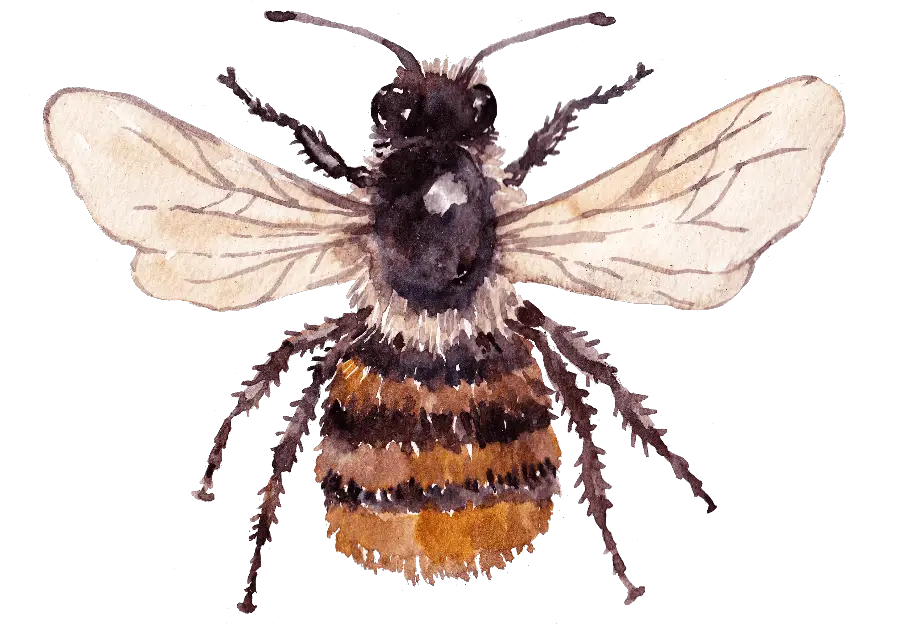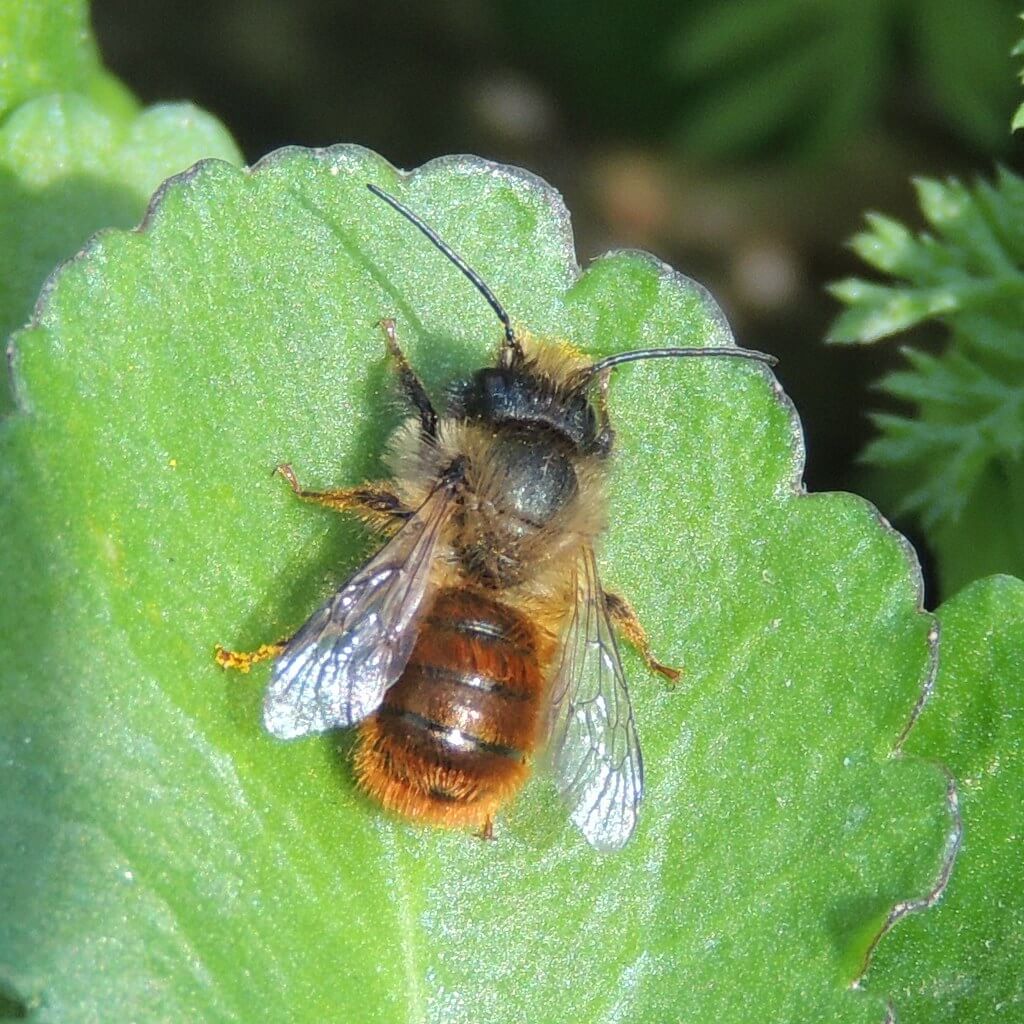Last updated on January 4th, 2024 at 02:33 pm
When it comes to the world of bees, the Red Mason Bee, or Osmia Bicornis, is a standout character. This bee is a master architect, crafting intricate nests that are a marvel of natural engineering.
But what else makes this bee so special? Let’s dive into the captivating world of the Red Mason Bee.
Appearance: A Rustic Beauty
First things first, let’s talk about the Red Mason Bee’s striking looks:
- Colour: A rich, reddish-brown hue covers its body, giving it a rustic appearance.
- Size: Adult bees range from 6-14mm, making them smaller than your average honeybee.
- Sexual Dimorphism: Females are generally larger and have two facial horns, which they use for nest building.

Habitat: Where the Masons Reside
If you’re keen on spotting these architectural wonders, here’s where to look:
- Geographical Spread: They are found across Europe and parts of Asia.
- Preferred Habitats: Gardens, meadows, and orchards are their favourite spots.
Behaviour: The Mason’s Craft
The Red Mason Bee has some fascinating behaviours that set it apart:
- Solitary Nature: These bees are solitary, meaning each female builds her own nest.
- Nesting: They use mud to create intricate nests, often in pre-existing holes in wood or masonry.
- Efficiency: They are highly efficient pollinators, even more so than honeybees in some cases.
Diet: A Flower Connoisseur
- Pollen and Nectar: They feed on a variety of flowers but have a special fondness for fruit blossoms.
- Foraging Range: They usually forage within a few hundred meters of their nest, making them excellent for localized pollination.
When to Spot Them: Seasonal Masons
For those who want to see these master builders in action:
- Time of Year: They are most active from early spring to late summer.
- Time of Day: They are diurnal, meaning they are active during daylight hours.
| Best Time to Spot | Location | Activity Level |
|---|---|---|
| Early Morning | Orchards | High |
| Midday | Gardens | Moderate |
| Late Afternoon | Meadows | Low |
Conservation: The Mason’s Plight
- Population Status: Their numbers have been declining, mainly due to habitat loss and pesticide use.
- Conservation Efforts: Providing nesting sites and planting native flowers can help boost their numbers.
Why They Matter
- Pollination: They are excellent pollinators, especially for fruit trees, making them valuable for agriculture.
- Biodiversity: Their unique nesting habits contribute to ecosystem diversity and health.
Conclusion
The Red Mason Bee deserves our attention. Its unique nesting habits and vital role in pollination make it a key player in the ecosystem we all share.
Check out our identify bees page for more information on how to spot the Red Mason Bee and other bee species.




